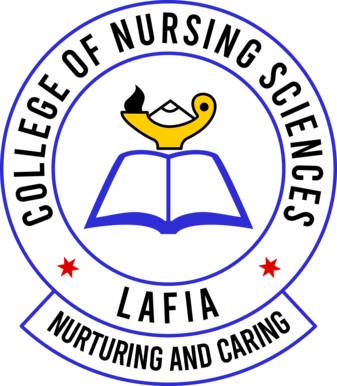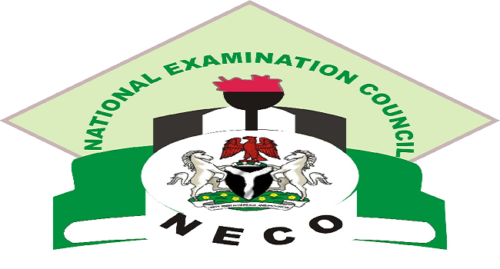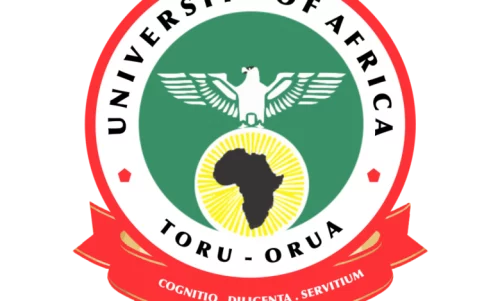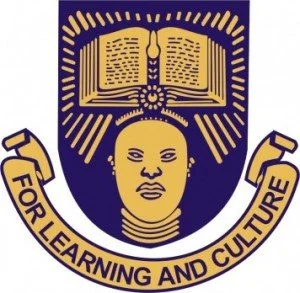Support and movement are two essential functions in living organisms that are crucial for survival. In biology, support refers to the ability of an organism to maintain its shape and resist external forces, while movement is the ability to change position or location. In this class note, we will discuss the various structures and mechanisms that enable support and movement in living organisms.
Study other biology keypoints here
I. Support
A. Skeleton
- Types of skeletons: exoskeleton and endoskeleton
- Functions of the skeleton: support, protection, movement, and blood cell production
- Structure of bones: compact bone and spongy bone
- Bone growth and repair: osteoblasts, osteoclasts, and ossification
B. Muscles
- Types of muscles: skeletal, smooth, and cardiac
- Functions of muscles: movement, stability, and heat production
- Structure of muscles: muscle fibers, myofibrils, and sarcomeres
- Muscle contraction: sliding filament theory, calcium ions, and ATP
II. Movement
A. Joints
- Types of joints: ball-and-socket, hinge, pivot, and gliding
- Structure of joints: synovial joint, joint capsule, and synovial fluid
- Movement at joints: flexion, extension, abduction, adduction, and rotation
B. Nervous system
- Components of the nervous system: brain, spinal cord, and nerves
- Functions of the nervous system: communication, coordination, and control
- Structure of neurons: cell body, dendrites, and axons
- Transmission of nerve impulses: action potential, neurotransmitters, and synapses
C. Hormones
- Types of hormones: steroid and peptide hormones
- Functions of hormones: regulation of growth, metabolism, and behavior
- Endocrine glands: pituitary, thyroid, adrenal, and pancreas
In conclusion, support and movement are essential functions in living organisms, and they are achieved through a combination of structures and mechanisms such as the skeleton, muscles, joints, nervous system, and hormones. Understanding the biological basis of support and movement is crucial in fields such as medicine, physical therapy, and sports science.












